Claire is designing a banner that will captivate your audience and leave a lasting impression. Her vision for this banner is to create a visually striking and engaging design that effectively conveys a clear message and encourages the desired action.
With her keen eye for detail and expertise in design principles, Claire is crafting a banner that will make your brand shine.
This banner will be tailored to the specific needs of the target audience, ensuring that it resonates with their interests and aspirations. The design will incorporate a harmonious color scheme, impactful imagery, and carefully chosen typography to create a visually appealing and memorable experience.
Design Concept
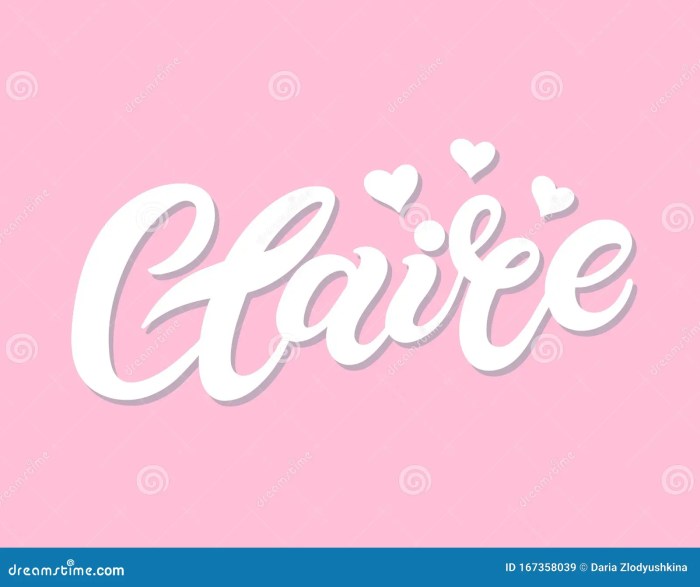
The banner is intended to promote Claire’s design services to potential clients. It should be visually appealing and convey Claire’s unique style and approach to design.
The banner should feature a bold and vibrant color scheme that reflects Claire’s personality and work. The imagery should be clean and modern, with a focus on showcasing Claire’s design portfolio. The typography should be easy to read and complement the overall design.
Branding Guidelines
The banner should adhere to Claire’s branding guidelines, which include using her logo, color palette, and typography.
Content and Messaging
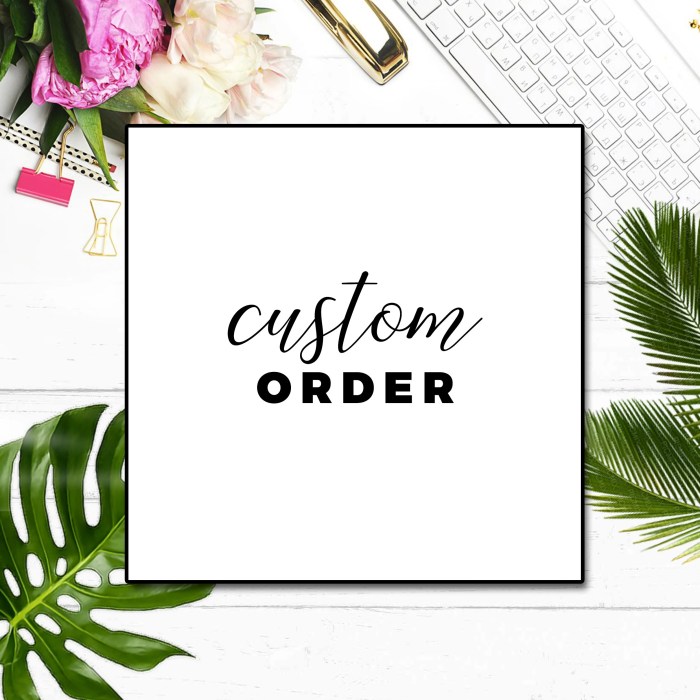
The banner should effectively convey a clear message or call-to-action that resonates with the target audience.
To ensure a compelling banner, consider incorporating attention-grabbing headlines that succinctly summarize the core message. Subheadings can further expand on the main idea, providing additional context and value. Body copy should provide more detailed information, highlighting key benefits and addressing potential objections.
Tone of Voice and Language
The tone of voice should align with the brand’s identity and the target audience’s preferences. Using clear, concise, and engaging language is essential for capturing attention and delivering the intended message. Consider employing storytelling techniques to evoke emotions and make the banner more memorable.
Visual Elements

The banner’s visual appeal can be enhanced by carefully selecting images or illustrations that are relevant to the message being conveyed. These visual elements should be placed strategically within the banner design, taking into account the overall composition and flow.
Claire is hard at work designing a banner that will be sure to turn heads. She’s got a great eye for detail, and she’s not afraid to experiment with different colors and fonts. In fact, she’s so good at what she does that she’s even been featured in a few articles online, including one about her amazing steak n shake orange freeze banner.
Now, that’s what I call talent! Anyway, back to Claire’s current project. She’s really excited about this one, and I can’t wait to see the finished product.
The use of color, contrast, and white space can also contribute to the visual impact of the banner. By choosing colors that complement each other and creating a clear contrast between text and background, the banner can be made more visually striking and easier to read.
Image Placement and Sizing
- Images should be placed within the banner in a way that complements the overall design and does not obstruct the readability of the text.
- The size of the images should be proportionate to the overall size of the banner and should not overwhelm the other elements.
- Images should be of high quality and resolution to ensure a professional and visually appealing appearance.
Color and Contrast
- The colors used in the banner should be chosen carefully to create a visually appealing and cohesive design.
- Contrast should be used to create visual interest and to ensure that the text is easy to read.
- White space should be used effectively to create a sense of balance and to draw attention to the most important elements of the banner.
Call-to-Action
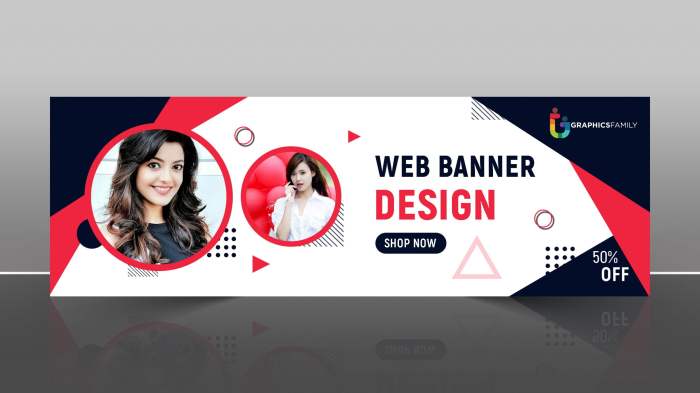
The call-to-action is a crucial element of your banner that drives the target audience toward the desired action. It should be clear, compelling, and easy to follow.
Here are some suggestions for designing an effective call-to-action:
Button Design
- Use a button that stands out from the rest of the banner.
- Choose a color that contrasts with the background and is attention-grabbing.
- Make the button large enough to be easily clickable, but not so large that it dominates the banner.
Button Placement
- Place the button in a prominent location on the banner, such as the center or bottom.
- Ensure that the button is visible and easy to find, even on smaller screens.
- Avoid placing the button too close to other elements on the banner that could distract from it.
Copywriting
- Use strong verbs that convey a sense of urgency or action.
- Keep the copy short and to the point, using clear and concise language.
- Provide a clear indication of what will happen when the button is clicked.
Technical Considerations
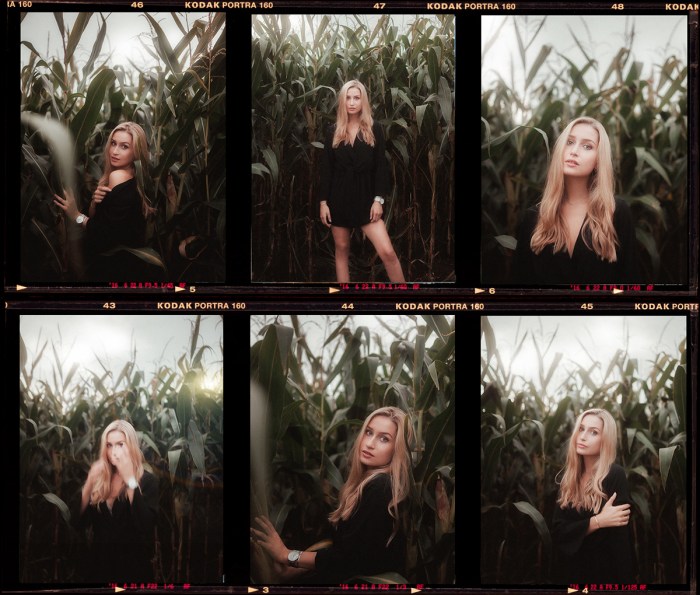
To ensure the banner design meets technical requirements and delivers an optimal user experience, several factors need to be considered.
The banner should adhere to specific dimensions and file format guidelines. Additionally, it should be optimized for various devices and platforms to maximize visibility and impact.
Dimensions and File Format, Claire is designing a banner
- Specify the width and height of the banner in pixels.
- Determine the appropriate file format, such as JPEG, PNG, or GIF, based on the desired image quality and file size.
Device and Platform Optimization
- Ensure the banner is responsive and scales effectively on different screen sizes and resolutions.
- Consider the aspect ratios and display capabilities of various devices, including desktops, laptops, tablets, and smartphones.
Technical Limitations and Constraints
- Address any technical limitations or constraints that may impact the design, such as file size restrictions or specific platform requirements.
- Consider the loading speed and performance implications of the banner on different devices and networks.
Accessibility: Claire Is Designing A Banner
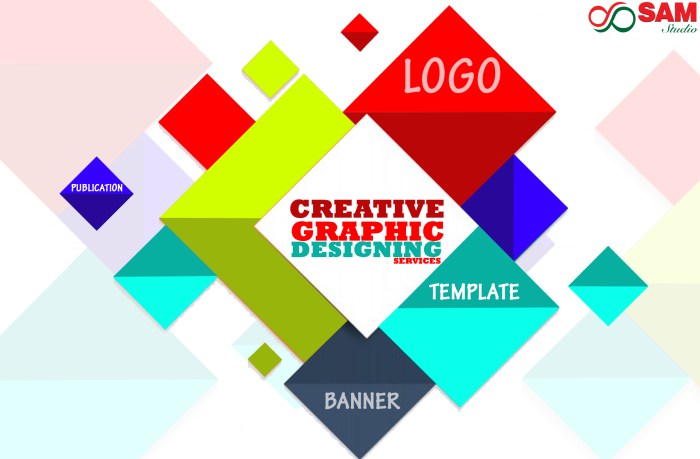
Accessibility in banner design ensures that individuals with disabilities can access and engage with the banner effectively.
Consider using alt text to provide a description of images for individuals with visual impairments. Ensure sufficient color contrast to enhance readability for individuals with color blindness. Employ clear typography with appropriate font size and style to accommodate individuals with dyslexia.
Importance of Inclusive Design
Creating an accessible and inclusive design is crucial to ensure that the banner reaches a wider audience, promotes equality, and complies with accessibility guidelines.
Clarifying Questions
What are the key elements of an effective banner design?
An effective banner design should include a clear message or call-to-action, visually appealing imagery, and a harmonious color scheme. It should also be optimized for different devices and platforms to ensure maximum reach.
How can I ensure that my banner design is accessible to all?
To ensure accessibility, use alt text for images, provide sufficient color contrast, and employ clear and legible typography. Consider using assistive technologies to test your design for accessibility.
What is the best way to measure the effectiveness of a banner design?
Track key metrics such as click-through rates, conversion rates, and engagement levels to assess the effectiveness of your banner design. Use analytics tools to gather data and make data-driven decisions to optimize your design.